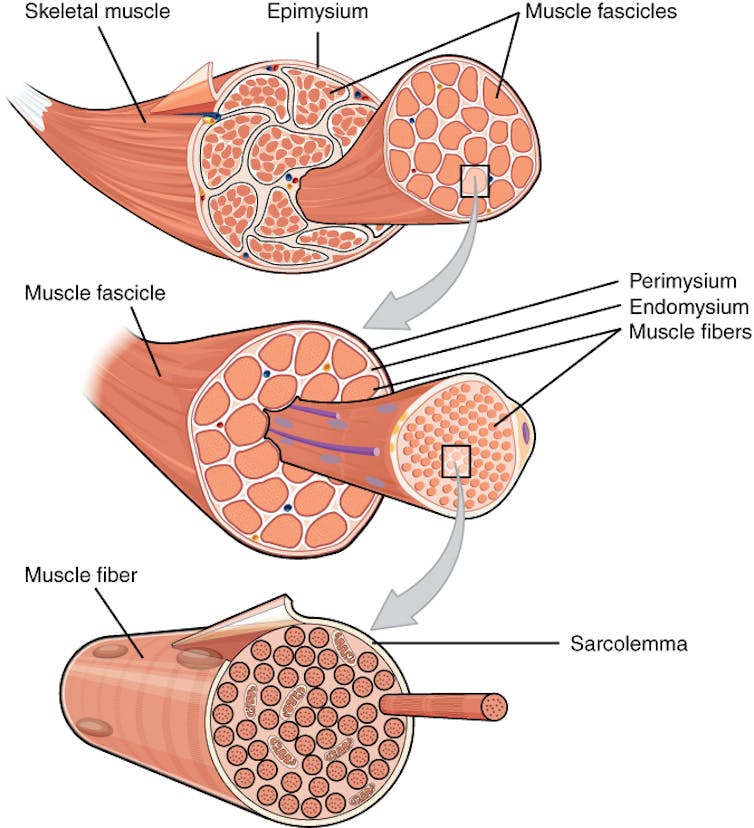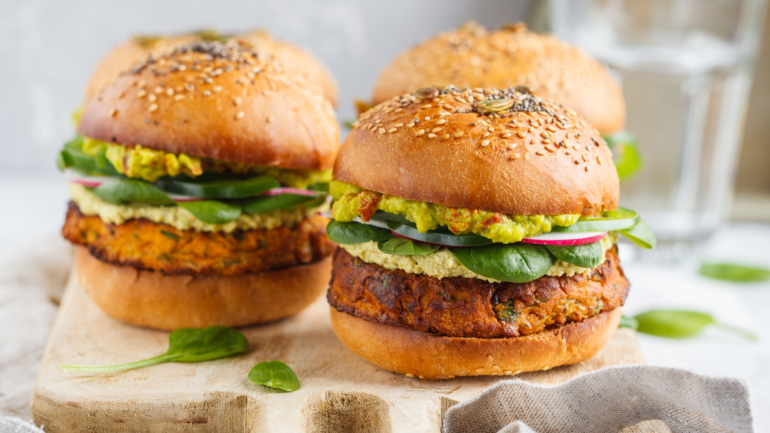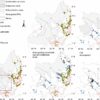When you bite into a juicy hamburger, slice into the perfect medium-rare steak or gobble down a plateful of chicken nuggets, your senses are most likely responding to the food’s smell, taste, texture and color. For a long time, these four attributes set meat apart from other food groups.
But in recent years, food companies have started to focus on the development of meat alternatives. Many people believe that transitioning away from meat-heavy diets can help with environmental sustainability as well as improve their own health.
The two main focuses of research have been on plant-based meat alternatives and lab-grown meat. Both have interesting challenges. Lab-grown meat requires growing animal cells and generating a meat product. Plant-based meat alternatives use plant materials to recreate animal-like structures and flavors.
Major food companies that have generated plant-based meat alternatives that consumers seem to enjoy include Impossible, Beyond Meat, Mosa Meat and Quorn.
From a scientific perspective, the development of plant-based meat alternatives is especially intriguing, because food manufacturers and researchers attempt to create products with similar textures, flavors, appearances and nutrient compositions to those juicy hamburgers or tender chicken fingers.
As a biochemist who teaches students about how food fuels our bodies, I focus my research on the composition and the production of these products and how they can mimic animal meat is intriguing to me.
Animal meats are composed primarily of protein, fat and water, with small amounts of carbohydrates, vitamins and minerals. The animal tissue consumed is typically muscle, which has a distinctive shape made from fibers of protein that are bundled together with connective tissue.

Muscles, which animal meat comes from, contain muscle fibers banded together by connective tissue.
OpenStax/Wikimedia Commons, CC BY-SA
The size and shape of the protein fibers influence the texture of the meat. The amount and identity of natural lipids – fats and oils – found within a specific muscle tissue can influence the protein structure, and therefore the flavor, tenderness and juiciness, of the meat. Meat products also have a high water content.
Typically, plant-based meat alternatives are made using nonanimal proteins, as well as chemical compounds that enhance the flavor, fats, coloring agents and binding agents. These products also contain more than 50% water. To produce plant-based meat alternatives, the ingredients are combined to mimic animal muscle tissue, and then supplemented with additives such as flavor enhancers.
Developing a meatlike texture
Most meat replacements are derived from soy protein because it is relatively cheap and easily absorbs both water and fat, binding these substances so they don’t separate. Some companies will use other proteins, such as wheat gluten, legumes – lentils, chickpeas, peas, beans…



